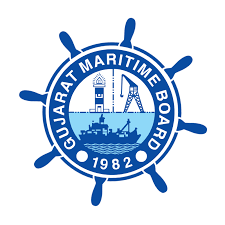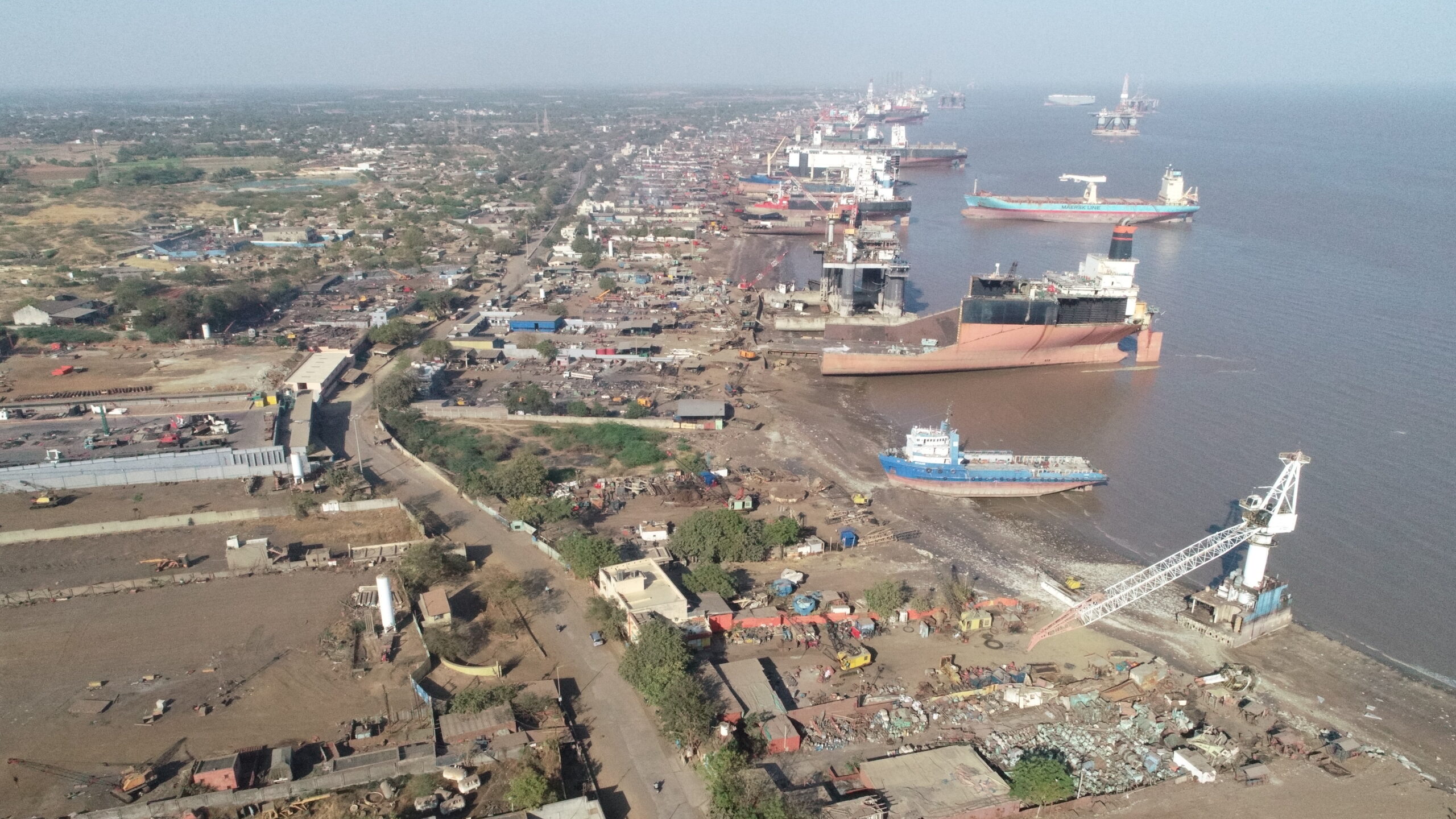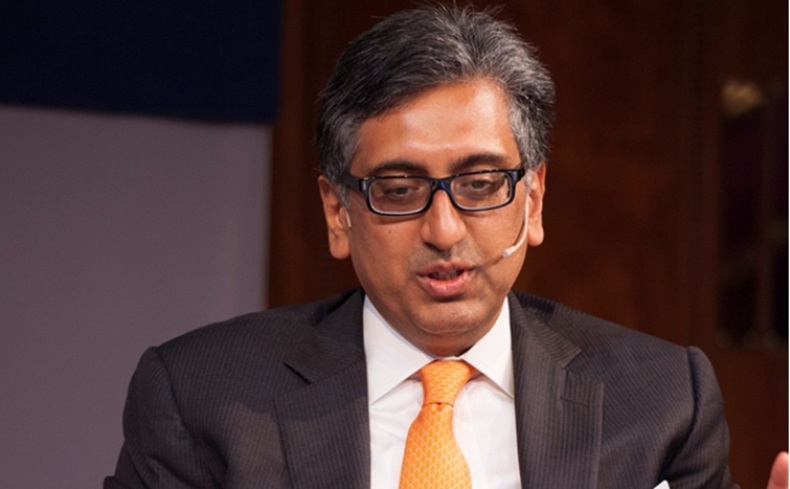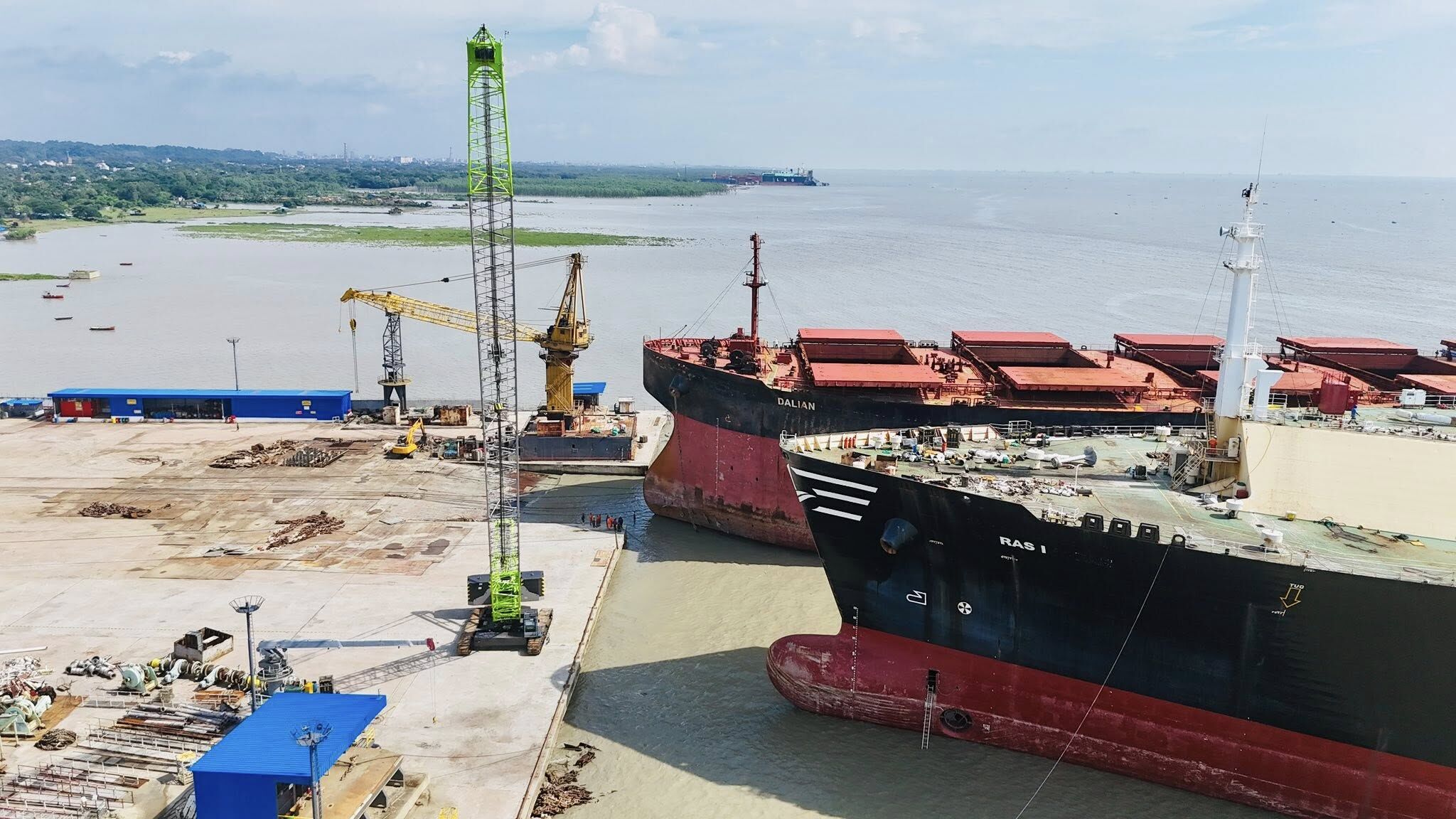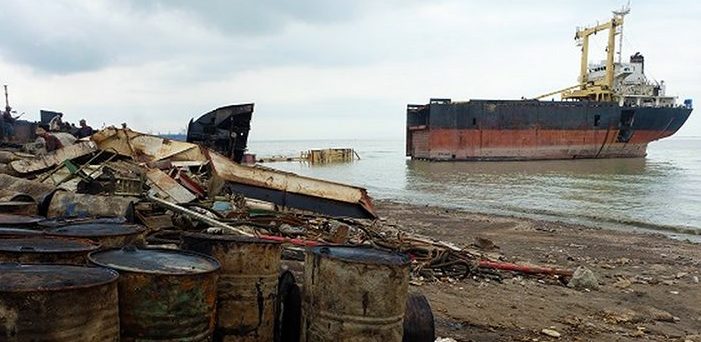Gujarat: Leveraging Its Coastline for Economic Growth and Global Connectivity
Gujarat, one of India’s most prosperous states, is renowned for its significant contribution to the country’s economy. Much of its success can be attributed to its strategic location, boasting a 1,600 km coastline along the Arabian Sea. The state has become a key player in the maritime trade sector, leveraging its coastal resources to drive trade, industry growth, and global connectivity.

With a robust infrastructure and business-friendly policies, Gujarat has developed an impressive network of ports, which are crucial for the state’s economic engine. The state currently operates 49 ports—Deendayal Port, managed by the central government, and 48 non-major ports governed by the Gujarat Maritime Board (GMB). These ports handle approximately 41% of India’s maritime cargo, underscoring their significance as vital gateways for national and international trade.
A Visionary Leadership and the Transformation of Gujarat’s Coastline
The rise of Gujarat as a maritime powerhouse can be traced back to the leadership of Prime Minister Narendra Modi, who was instrumental in transforming the state’s coastal potential. When Modi became the Chief Minister of Gujarat in 2001, the state’s coastline was largely underutilized, with poor infrastructure hindering its development. Modi envisioned turning the coastline into a bustling trade hub, and over the years, his government focused on modernizing and expanding the existing ports, while also developing minor ports to tap into the state’s full potential.
In his speeches, Modi often highlights the importance of ports in driving prosperity, saying, “In the last two decades, we have sincerely worked to transform Gujarat’s coastline into the gateway of India’s prosperity. We have created new employment opportunities. In Gujarat, we have developed numerous ports and modernized many others.”
A centrepiece of this vision was the development of Mundra Port, which has since grown into the largest private port in India. Mundra’s success is emblematic of Gujarat’s strategic efforts to leverage its coastal location for trade and industrial growth. The port has become a key driver of agriculture, manufacturing, and petrochemicals exports, further solidifying Gujarat’s role as a global trade hub.
Mundra’s development attracted significant investments and spurred rapid growth in various sectors, including textiles and automobiles. Establishing Special Economic Zones (SEZs) around the port helped strengthen the state’s industrial base, creating a ripple effect that extended to other regions of Gujarat.
Port-Led Industrial Growth
The impact of Gujarat’s port infrastructure goes beyond just trade. As Ravi Joshi, Managing Director of Ahmedabad-based Transvoy Logistics India Limited, explains, “Due to the presence of ports, development tends to occur in the surrounding areas. For example, in Kandla and Mundra, the growth of chemical, textile, and steel factories has been supported by improved transportation facilities. Similarly, developing smaller ports will benefit the industries in their surrounding areas.”
Indeed, cities like Porbandar, Bhavnagar, Surat, and Valsad have been earmarked for further port-led development. These cities have been chosen based on their proximity to deep water, ample waterfront space, and strong connectivity to road and rail networks, making them ideal locations for future growth. These ports are expected to play a critical role in fostering sustainable industrial growth and driving economic progress.
The Impact on Local Entrepreneurs and the Blue Economy
The growth of Gujarat’s minor ports has not only benefited large industries but also created opportunities for local entrepreneurs. For instance, Hazira Port, a multi-cargo hub in South Gujarat, has become a lifeline for many local businesses. Ajay Singh, a coal trader from Surat, credits the development of Hazira Port with improving access to international markets. “Local traders are happy because the development of ports allows them to easily access coal coming from the U.S. and Indonesia,” he said. “The development of minor ports is significant for local traders.”
The growth in port infrastructure has translated into measurable economic success. Over the past decade, traffic at Gujarat’s non-major ports has grown by 5%, reflecting the increasing importance of these smaller ports in the state’s economy. In the financial year 2023-24, GMB ports handled 449.26 million metric tons (MMT) of cargo, up from 416.36 MMT the previous year.
This port-driven economic model has also contributed to Gujarat’s high ranking in the Logistics Ease Across Different States (LEADS) Index. The state’s strong road connectivity and maritime development have been pivotal in achieving this ranking, highlighting the efficiency of its logistics and trade infrastructure.
Gujarat’s Vision for the Future: PM Gati Shakti Gujarat Initiative
Gujarat’s current Chief Minister, Bhupendra Patel, continues to build on the foundation laid by Narendra Modi. Under the PM Gati Shakti Gujarat initiative, the state is advancing its blue economy strategy, with a focus on enhancing connectivity and promoting industrial development. One of the key projects under this initiative is the South Coastal Corridor, a 350 km stretch that is part of a larger 1,761 km route connecting Umargam to Narayan Sarovar.
This corridor is expected to boost industrial connectivity, improve access to ports, and unlock the tourism potential of the region. Ports like Dahej and Hazira are anticipated to benefit from faster cargo movement, enabling businesses to operate more efficiently. The South Coastal Corridor is just one example of how Gujarat is aligning its maritime infrastructure with broader economic goals to remain competitive on a global scale.
During the Vibrant Gujarat Global Summit (VGGS) 2024, Bhupendra Patel emphasized the importance of port-led development, stating, “Under the visionary leadership of Prime Minister Narendra Modi, a new history of prosperity has been created through ports in the country. Gujarat, too, has embraced the mantra of ‘Ports for Prosperity and Ports for Progress.'”
Conclusion
Gujarat’s coastline has evolved into one of India’s most important economic assets, thanks to strategic infrastructure development and visionary leadership. The state’s ports serve as gateways to global markets, fostering industrial growth and creating jobs. As Gujarat continues to enhance its port infrastructure, the state is well-positioned to remain a critical hub for trade, driving not just local but national economic growth.
With continued investment in its ports and the ongoing implementation of initiatives like PM Gati Shakti Gujarat, the state’s maritime future looks bright. As Gujarat cements its role in the global economy, its coastline will continue to be the gateway to prosperity for millions.
Author: shipping inbox
shipping and maritime related web portal




